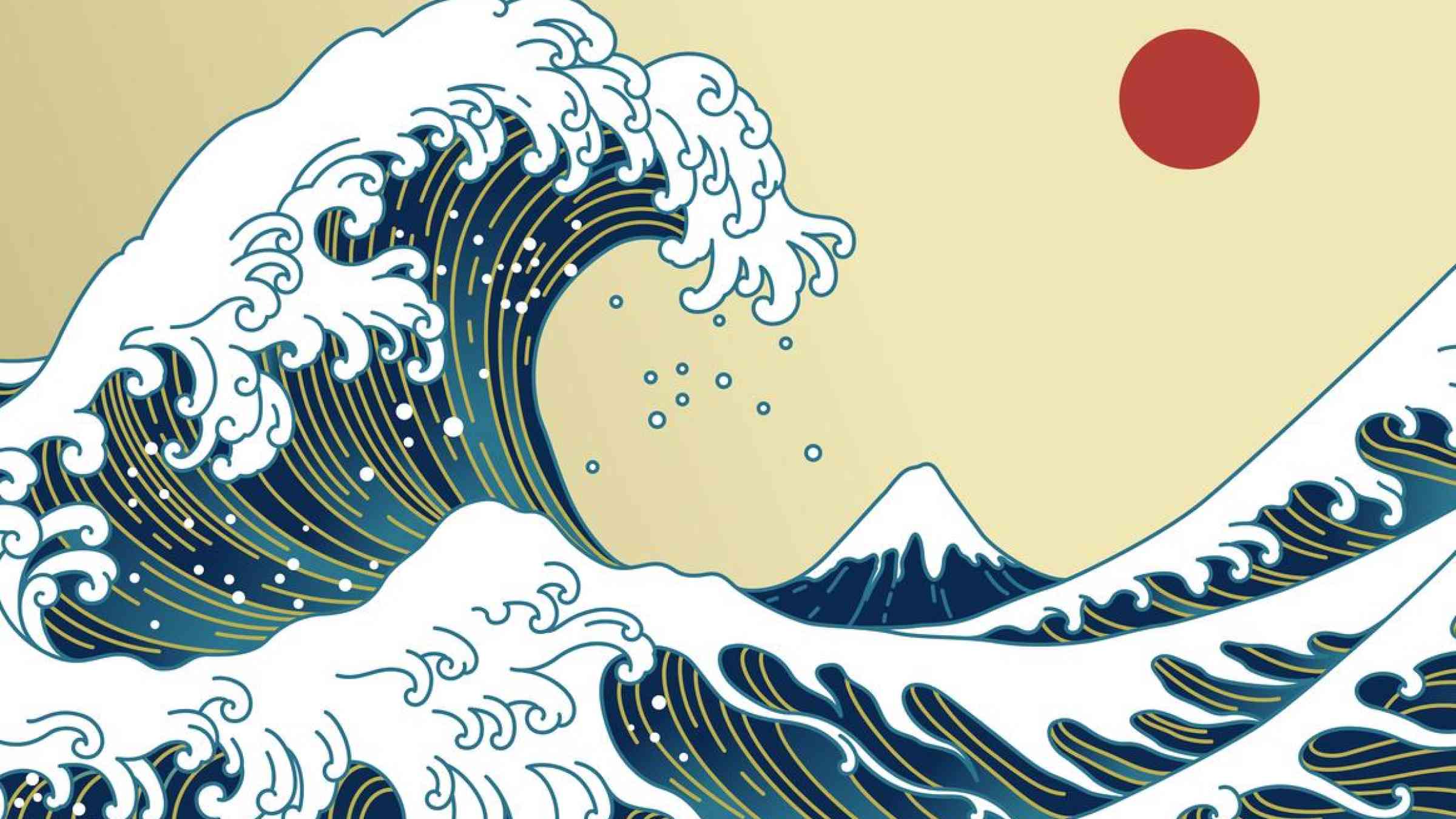Joint Research Centre innovations for tsunami risk management

More than 700 million people live in low-lying coastal areas and Small Island Developing States, exposed to extreme sea-level events including tsunamis. Globally, in the past 100 years, 143 tsunamis have been recorded in the NOAA database of natural hazards, causing more than 300.000 victims.
5 November was designated in 2015 as World Tsunami Awareness Day (WTAD) by the UN General Assembly. Since then, every year the global community involved in tsunami risk management mobilize to raise awareness about this threat and about the importance of having a governance to handle it. Each year the WTAD campaign is inspired to one of the targets of the Sendai Framework for Disaster Risk Reduction 2015-2030 (Sendai Framework), the major agreement which provides Member States with concrete actions to protect development gains from the risk of disaster.
5 November 2020 celebrates how people around the world, at all levels -from international organizations to national governments, local communities, and individual citizens- are reducing their exposure to tsunamis, in a collective, cooperative effort.
This special issue newsletter from the Disaster Risk Management Knowledge Centre shows recent projects of the European Commission that directly or indirectly contribute to better tsunami risk management globally, through providing innovative solutions for handling such risk in the exposed coastlines.
The Commission has been at the forefront of better governance in disaster risk reduction and, for tsunamis, actively contributed to the tsunami early warning capacity and mitigation developed over the last decades by an Intergovernmental Coordination mechanism under the coordination of UNESCO (http://www.ioc-tsunami.org/), in particular for the Euro-Mediterranean region (North Eastern Atlantic, Mediterranean and connected seas, NEAM).
Most of the European citizens would in fact believe to be interested by tsunami hazard only in case of exotic holidays in remote locations, such as the Indian Ocean or the Pacific. They struggle to believe they are exposed to such risk also on the coastlines of their own countries. Science tells us instead that our countries’ coastlines are exposed to tsunami risk.
The European project TSUMAPS-NEAM produced a regional probabilistic tsunami hazard map for the entire region, quantifying such risk for the future (http://ai2lab.org/tsumapsneam/interactive-hazard-curve-tool/ ).
Scientists also calculated the time available to "run for our lives" once a tsunami has been generated in our region. Unfortunately, this time can be very short (down to few minutes in certain cases), due to the closed shape of the Mediterranean basin and/or to the proximity to the coast of the sources capable to generate tsunami waves.
About frequency, even if the last tsunami with heavy impact occurred in the Mediterranean in 1908 (Messina, Italy), these events are not so rare. The last one occurred only few days ago (30 October 2020), because of a 7.0 magnitude earthquake in the coastal province of Izmir. In 2017, 2 seismic-induced tsunami events occurred in the same area, impacting again on both countries, Greece and Turkey. Also volcanic explosions are among the sources of tsunami events: the ones of August 2019 on Stromboli island generated a small tsunami event, while raising big concern among the scientific community for possible bigger tsunamis in case of collapse of the volcano flank, which luckily didn’t occur. In other words, these events are not so infrequent as many of us believe!